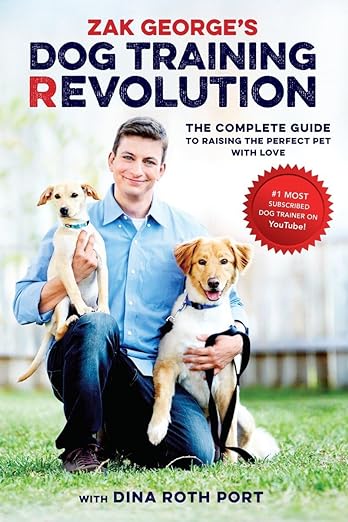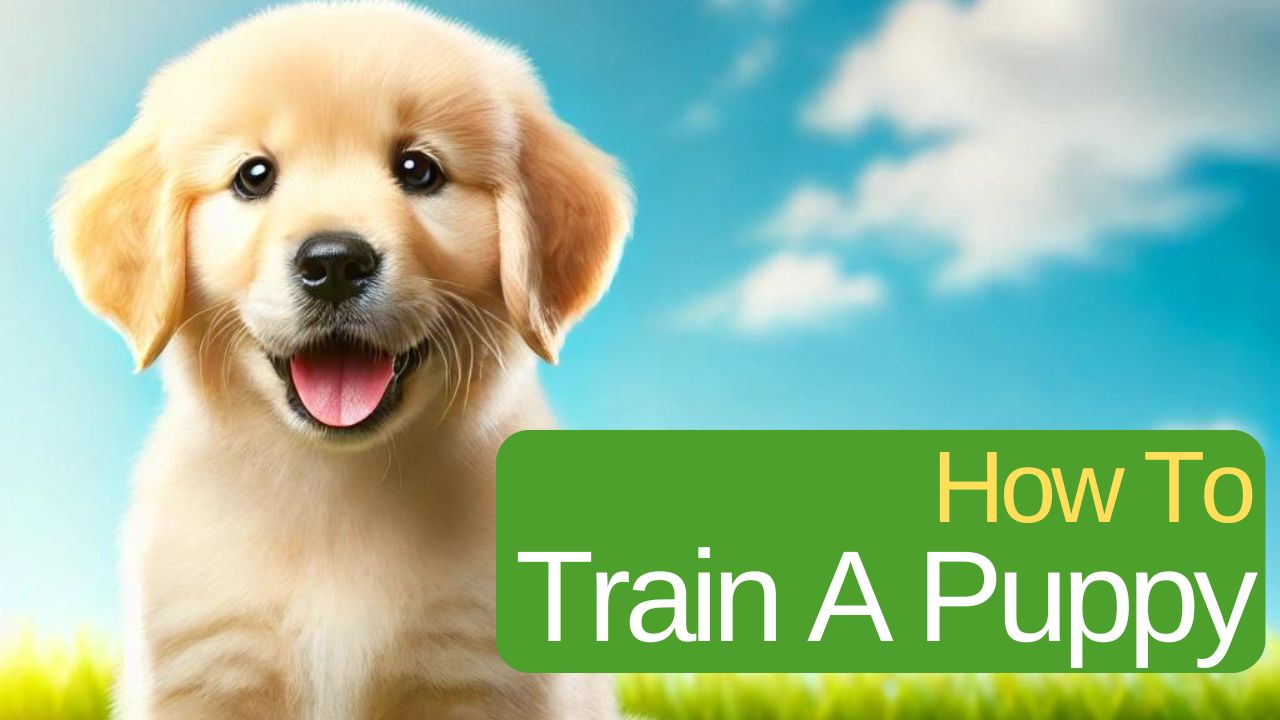Training a puppy can be an incredibly rewarding experience, but it also comes with its challenges. Whether you’re a first-time puppy owner or looking to brushing up on how to train a puppy skills, this guide will provide you with essential tips and techniques to ensure a well-behaved and happy puppy.

Understanding Puppy Behavior
Before diving into training, it’s important to understand the natural behaviors of puppies. Puppies are curious, energetic, and eager to learn. They explore their world with their mouths and paws, which can sometimes lead to unwanted behaviors like chewing and digging. Recognizing that these behaviors are normal helps set realistic expectations and develop a compassionate approach to training.
Establishing a Training Routine
Consistency is key when it comes to training a puppy. Establishing a routine helps your puppy understand what is expected of them and creates a sense of security. Set specific times for feeding, potty breaks, playtime, and training sessions. Puppies thrive on routine and are more likely to succeed in their training when they know what to expect.
Potty Training
Potty training is often one of the first challenges new puppy owners face. Start by designating a specific potty area outside and take your puppy there frequently, especially after meals, naps, and playtime. Use a consistent command like “go potty” and reward your puppy immediately after they eliminate outside. Be patient and avoid punishment for accidents; instead, clean up thoroughly to remove any lingering odors.
How To Train A Puppy Positive Reinforcement
Positive reinforcement is one of the most effective training methods for puppies. This technique involves rewarding your puppy for desired behaviors, making them more likely to repeat those actions. Rewards can include treats, praise, and playtime. The key is to reward your puppy immediately after they perform the desired behavior so they can make the connection between the action and the reward.
Clicker Training
Clicker training is a popular form of positive reinforcement. It involves using a small device that makes a clicking sound to mark the exact moment your puppy performs the desired behavior. Follow the click with a treat to reinforce the behavior. Over time, your puppy will learn to associate the click with a reward, making training more precise and effective.
How To Train A Puppy Basic Commands
Teaching your puppy basic commands is essential for their safety and well-being. Start with simple commands like “sit,” “stay,” “come,” and “leave it.”
Sit
- Hold a treat close to your puppy’s nose.
- Move your hand up, allowing their head to follow the treat and causing their bottom to lower.
- Once they are in the sitting position, say “sit,” give them the treat, and offer praise.
Stay
- Ask your puppy to “sit.”
- Open your palm in front of them and say “stay.”
- Take a few steps back. If they stay, reward them with a treat and praise.
- Gradually increase the distance and duration of the “stay” command.
Come
- Put a leash on your puppy and gently pull them towards you while saying “come.”
- Reward them with a treat and praise when they reach you.
- Practice this command in different environments to ensure they respond reliably.
Leave It
- Hold a treat in both hands. Show your puppy one closed fist with the treat inside and say “leave it.”
- Ignore any attempts to get the treat. When they stop trying and look at you, give them the treat from the other hand.
- Repeat until your puppy consistently responds to “leave it.”
How To Train A Puppy & Addressing Common Behavioral Issues
Puppies can develop behavioral issues like biting, chewing, and barking. Addressing these issues early on is crucial for a well-behaved adult dog.
Biting
Puppies naturally bite during play and teething. To discourage biting:
- Provide plenty of chew toys.
- Use a firm “no” or “ouch” when they bite, then redirect their attention to a toy.
- Avoid rough play that encourages biting.
Chewing
Chewing is a normal behavior but can be destructive. To manage chewing:
- Puppy-proof your home by removing tempting items.
- Provide appropriate chew toys.
- Supervise your puppy and redirect them to toys if they start chewing on something inappropriate.
Barking
Barking can be a sign of boredom, fear, or attention-seeking. To reduce barking:
- Ensure your puppy gets enough exercise and mental stimulation.
- Use commands like “quiet” to teach them when to stop barking.
- Avoid rewarding barking with attention.
How To Train A Puppy & Providing Socialization Opportunities
Socialization is critical for puppies to develop into well-adjusted dogs. Expose your puppy to different people, animals, environments, and experiences during their formative weeks. Positive experiences during this period can prevent fear and aggression in adulthood.
Puppy Classes
Puppy classes are an excellent way to provide socialization and basic training. These classes offer a controlled environment for your puppy to interact with other dogs and people while learning important skills.
Safe Outings
Take your puppy on outings to different places, such as parks, pet-friendly stores, and friend’s houses. Ensure these experiences are positive by bringing treats and allowing your puppy to explore at their own pace.
FAQs on How To Train A Puppy
How long does it take to train a puppy?
Training duration varies based on the puppy and the consistency of training. Basic commands can be learned in a few weeks, but comprehensive training and socialization can take several months.
What age should I start training my puppy?
Training should start as soon as you bring your puppy home, typically around 8 weeks old. Early training sets the foundation for good behavior.
How do I handle potty training accidents?
Clean up accidents immediately to remove odors and prevent repeat incidents. Avoid punishment; instead, reinforce positive behavior by rewarding your puppy for going outside.
Can older dogs be trained using the same methods?
Yes, older dogs can be trained using positive reinforcement techniques. While it may take longer, patience and consistency will yield results.
Training a puppy requires patience, consistency, and a positive approach. By understanding your puppy’s behavior, establishing a routine, and using effective training techniques, you’ll build a strong bond with your furry friend and set the foundation for a well-behaved adult dog. Happy training!













